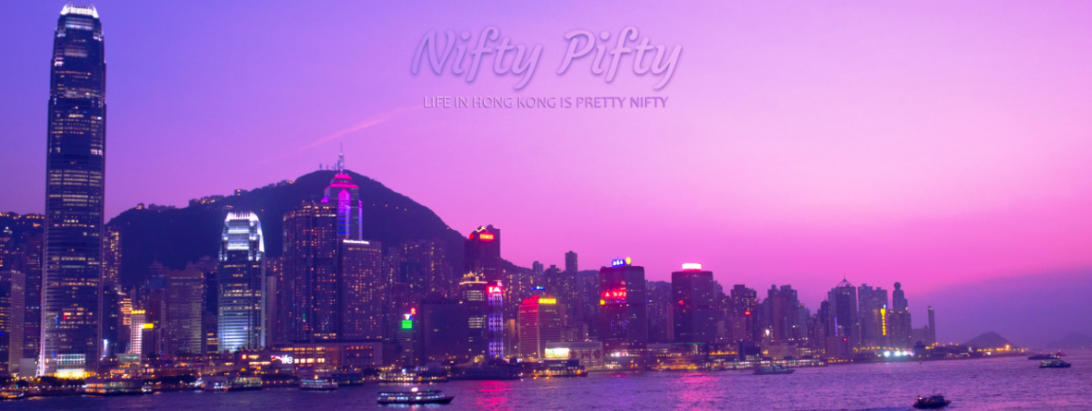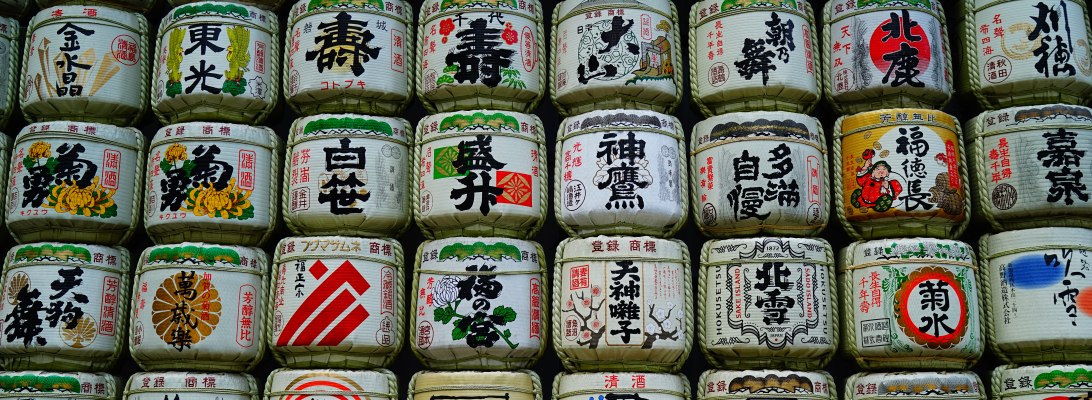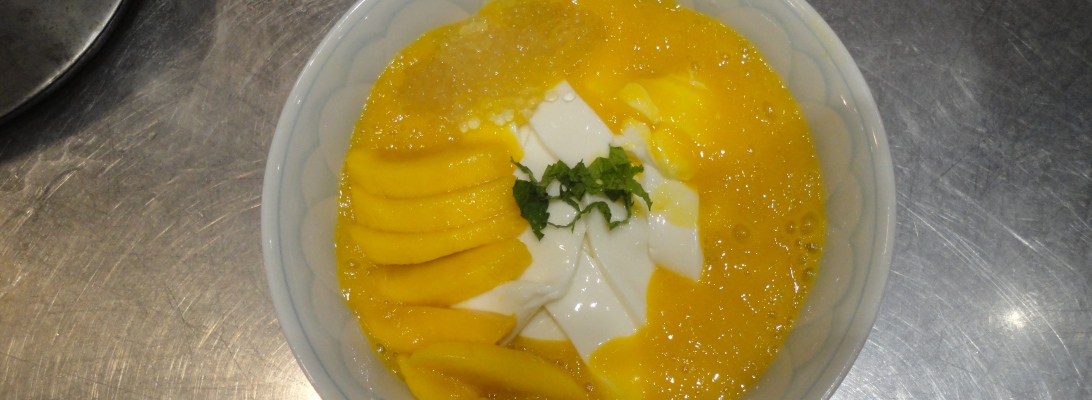I recently came across the photo of a place that didn’t look like Hong Kong… It looked like somewhere in Europe. As soon as I realised it was Hong Kong Island I was determined to go.
The Sai wan swimming shed (or rather jetty) on the west coast of Hong Kong Island is the last public swimming shed still in activity in the city. The swimming shed is still used by a few swimmers, but it has mainly become a big photography spot. It’s very popular with wedding photographers, Instagram keen teenagers and landscape photographers.
I waited several weeks until both the weather and the husband cooperated. I had been warned to avoid weekends as the spot is too crowded, so we ventured out on a Friday evening one hour before sunset.
I’d scouted out the exact location on Google Street view and I’m glad I did as it’s very easy to miss: an opening in the fence with a sign in Chinese, leading to steps going down into dense vegetation, a shed and finally the jetty.
Once we arrived, a couple in wedding attire were gingerly standing on the jetty while waves crashed around them and a wedding photographer tried to take some nice shots. Half a dozen other photographers & tripods were lined up on the platform anxiously waiting for the couple to get out of the way.
I realised another platform was available on the right hand side of the jetty and it was empty. I quickly ran and claimed the best spot – just seconds before a dozen teenagers turned up!
The whole purpose of this outing was to play around with long exposures and take some photos, objective reached – even though it was wind and so the trees are blurry.
The currents are pretty strong and waves regularly crash on the rocks… swimming here doesn’t look safe at all.

































